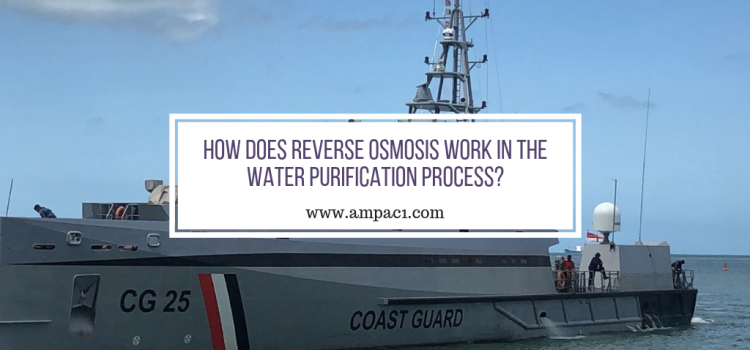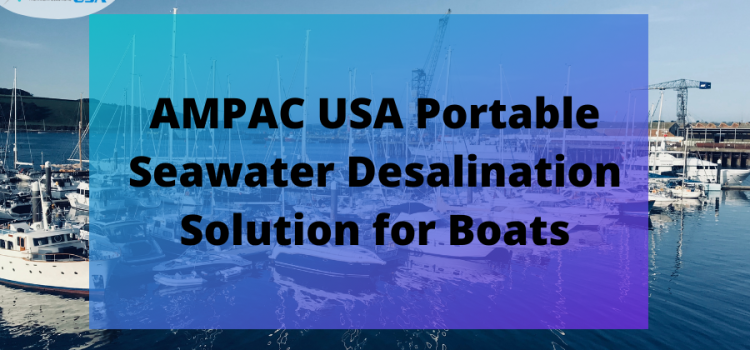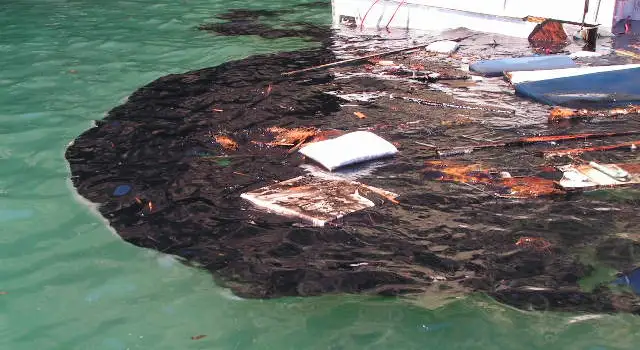One of the many questions you may have asked yourself over the years is how does reverse osmosis fit into the realm of water purification? We hear a lot on the word especially its abbreviation RO. The filter sells itself if you attach the word RO to it. Keeping the branding aspect of it aside, we decided to answer some questions like why people tend to trust more on the word, what is the role of reverse osmosis in the water purification process.
To answer the first question, millions of people in the U.S. trust reverse osmosis for their water purification needs because:
- It is effective and safe
- Provides amazing taste
- Comes at a reasonable price
- And the systems are fully automated.
And the way reverse osmosis in itself fits into all of the water solutions is actually pretty interesting.
Reverse osmosis is a process when tap water is pushed through a semi-permeable membrane by inducing water pressure and what comes out in the other side is water without contaminants.
How does it work?
Water from the tap when pushed through a semi-permeable membrane, leaves a trail of contaminants on the first side of it. This membrane is customized in each filter model based on the water quality of the source. The membrane is specially designed so that molecules other than water are not able to pass through. This brings us an unadulterated water output on the other side.
What about the contaminants that are removed?
RO is part of an elaborate 3 stage process on an average. The first part, which can be further detailed based on the water quality, is responsible to subsequently remove bigger contaminant molecules from the water. Impurities like sand particles, dirt, leaves, stones etc. are filtered out in the pre-filtration stage. At times water softeners are used to dissolve hard chemicals like lead and potassium that can spoil the membrane. The contaminants that remain back in the membrane after the final stage, are removed during scheduled maintenance dates which are usually 6 months apart.
What are the basic components of an RO system?
It basically comprises of 3 stages that are elaborated up to 7 stages in case of bad water quality. But the main are pre-filter stage, reverse osmosis and post filter stage.
- Processes in the pre-filter stage, which can be more than 2 even, are meant to remove contaminants before the actual filtration. This is to ensure that the membrane does not suffer a setback by generating a mountain of contaminants blocking the first side. To save the quality of the membrane and the effectiveness of the RO, certain chemicals and physical impurities are eliminated beforehand in this pre-filter stage.
- In the RO stage, the actual filtration takes place. Pre-filtered or softened water is passed through the semi-permeable membrane by applying pressure and what comes out the other side is absolutely pure drinking water.
- The last stage which can be up to 2 processes, is meant for the water taste. Minerals are added using mineralizing filters to offer health benefits and improve the taste, the odor of the water.
What could be the best option for an RO filter?
based on our extensive 28-year research, we feel you must first know what is your water quality index. It determines the number of impurities in every unit of water. But our best sellers over the years have been 3 and 4 Stage Reverse Osmosis Systems. Many folks also prefer the Under-sink water filters which are not visible immediately to maintain the interiors of their houses. One of the most popular choices is also our wide range of counter top filters.










